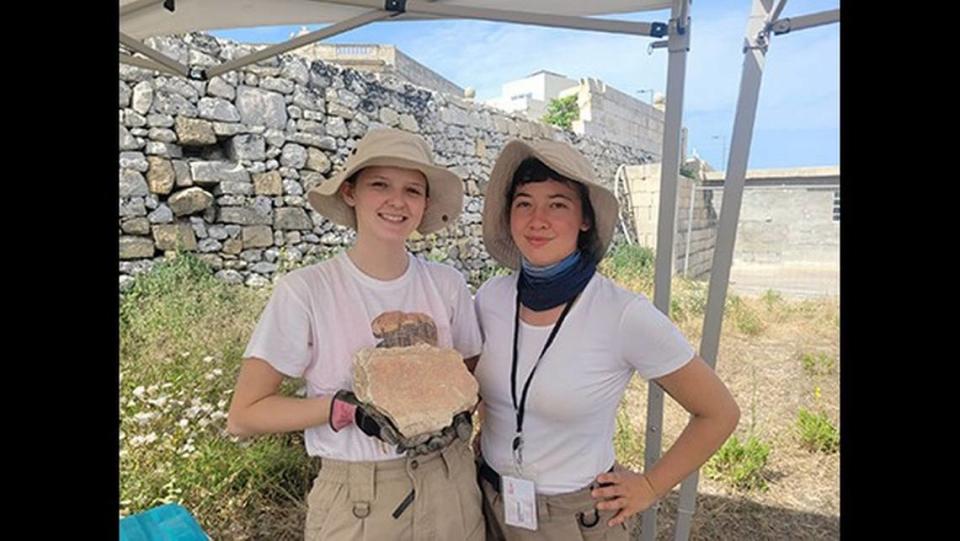Unusual 2,000-year-old Roman home — and its ancient garbage disposal — found in Malta
A group of researchers and students are taking the saying “one man’s trash is another man’s treasure” literally.
The team was working on excavations of an ancient Roman mansion in Malta when they came across a second, unknown home in “exceptional condition,” according to a July 26 news release from the University of South Florida.
Now, they plan to use the home’s waste disposal system to learn more about its ancient inhabitants, the university said.
Here’s what was discovered during the excavations.
An unusual ancient home
The team of researchers and students were in Malta to continue excavations of a previously uncovered Roman-era mansion, the university said. While exploring the site, they discovered a portion of another home.
The second home was in “exceptional condition,” and it had nearly 10-foot-tall walls — a height that is unusual for Roman homes found in the Mediterranean region, according to Davide Tanasi, a USF professor and director of the excavations.
Archaeologists said the home will provide them greater insight into life during the Roman Empire in Malta, especially what it was like to live nearby the sprawling Roman Domus.
Excavations of the home have already revealed that it likely had “an exquisite interior” with “terracotta floor tiles, frescoed plasters and an ancient waste disposal system,” the university said.

The team said it is particularly interested in studying the garbage disposal, which was filled with “fragmented pottery, glass vessels, animal bones and charcoal.”
“It was literally the garbage disposed by whomever lived in the house,” Tanasi said in the release. “By studying this deposit, we will learn a lot about the life of who lived in the house. It is surprising how much you can learn about people from their garbage.”
One piece of pottery found at the site had engraved letters on it, possibly indicating that someone’s name was inscribed on the piece, Sarah Hassam, a USF graduate student on the team, said in the release.
“A small fragment I had been scrubbing revealed the engraved letters D-A-O-I, a possible hint for somebody’s name,” Hassam said. “Everyone was pumped and shared theories on the engraving. It was a very cool find.”
Ongoing excavations at the Roman Domus of Rabat
Archaeologists also made new discoveries at the Roman Domus of Rabat, the university said. Experts from the University of South Florida have been working on finding and digitizing finds from the ancient mansion since 2019.
“In use between the 1st century BCE and 2nd century CE, the Domus was elegantly decorated with mosaic floors, wall frescoes and marble decorations,” Tanasi said in the release. “During the Roman Empire, it was certainly used as a residence by a representative of the emperor or some very wealthy individual very close to the imperial court.”
During the Roman Empire, Malta was used for “military staging and maritime trade,” experts said.
“Not only do we have the chance to uncover amazing Roman structures, but Malta is critically understudied despite being a wealth of fantastic archaeology and history from antiquity,” Angela Costello, a USF doctoral student, said in the release. “So, by revisiting these old excavations and furthering the work with new digital methods, we are learning more and more about Roman Malta every day.”
Malta is a Mediterranean island south of Italy.
Detailed mosaic floor — with Medusa’s face — unearthed in ancient Roman villa. See it
800-year-old sword was found in Mediterranean Sea. Now experts know how it got there
2,000-year-old hall unearthed in Italian villa where Roman emperor and knights partied

